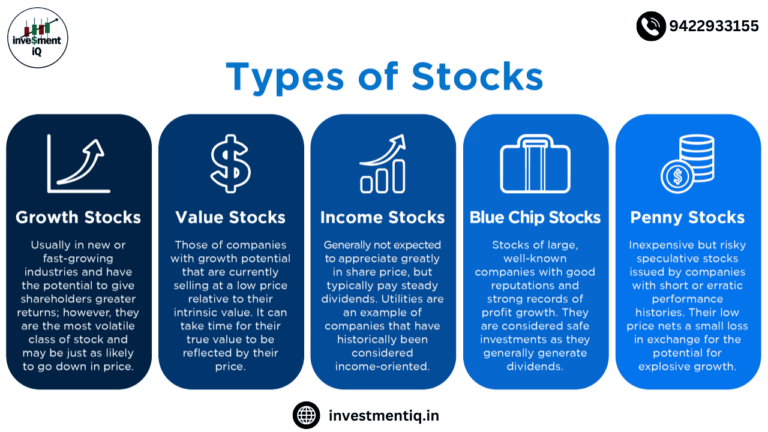The Value of Technical Analysis
The reason technical analysis has value is that directional price moves are often sustained for a period of time, allowing analysts to detect and profit from the price change. Even though a technical analyst has many math-based tools to analyze price and volume movement, the process is ultimately an art in the study of human behavior.
Just as a meteorologist can never guarantee a weather forecast, a technical analyst can never be perfectly certain of future price movements since human behavior is involved.
Figuring out the what and when…
All investors are faced with three basic questions about their investments. What to invest in, when to buy, and when to sell. Technical analysis provides a framework for investors to methodically select equities and pick times to buy and sell. Emotion, the investor’s nemesis, is greatly reduced in these decisions since the investor can develop a list of “what and when” rules to follow. Rather than “buying and hoping for the best,” technical analysts always know how much risk they are taking and know when to “get out while the getting is good.”
Only price and volume…
Only historical price and volume data are used for technical analysis. The underlying premise of technical analysis is that all known information, such as what a company does, its financial results, analyst’s ratings, management performance, politics, news, etc., is reflected in the historical price and volume data. This is a powerful concept since it is impossible to gauge how these factors may influence future prices separately.
It is important to understand that technical analysis can only be used to determine the likely direction of future prices. It cannot anticipate news events or how investors will respond to them.
The Goal of Technical Analysis
The chart below displays a historical price chart for Analog Devices, Inc. (ADI) for one year.
Historical one-year price chart for Analog Devices, Inc. (ADI)
Notice how the stock price can move up, down, or sideways for months. Technical analysis uses methodologies to help indicate when prices are beginning to change direction. The goal of a technical analyst is to buy an equity when the price chart indicates prices are beginning to move up and then sell when the price chart indicates prices are beginning to move sideways or down.
Why Technical Analysis Works
Because price and volume frequently reflect the collective psychology (the “fear/greed balance”) of market participants, technical analysis is effective. Shortly after those adjustments take place, technical charts might show shifts in the fear/greed ratio, which opens up trading possibilities. Technical analysts search for charts that show a recent, predictable shift in the fear/greed balance. After that, they try to take advantage of that change by making trades. Technical analysts keep an eye on price and volume for sell indications after purchasing a stock. Technical analysis-based trades have a higher-than-average likelihood of success when executed properly, but strict money management strategies are still necessary to protect against unanticipated market swings.
Misuse of Technical Analysis
While the basics of technical analysis are easy to learn, applying them correctly and successfully isn’t easy. Because of this many people have lost money using technical analysis techniques and then concluded that chart analysis has no value. In addition, unfortunately, many unsuspecting investors have purchased technical “systems” that promise outlandish returns for little effort. By the time the buyer figures out that the system doesn’t work, their money is long gone.
Technical analysis is just like any other money-making occupation – it takes time and energy, and it involves risk. Anybody who says otherwise shouldn’t be trusted. Here are ways technical analysis has been misused in the past:
The Holy Grail mentality…
One of the most common misconceptions about technical analysis is that a trading system (a set of buy and sell rules) can be devised that provides consistent profits with little to no risk.
There are several reasons that a “perfect system” cannot be sustained. Firstly, the market is made up of people with free will and guided by fear and greed. A perfect system requires prices to consistently move in predictable patterns. This will never be possible when people are involved. Secondly, many financial institutions monitor the market for patterns of systematic trading. Once detected, the financial institution can take advantage of the system (investing with or against it) which eventually compromises and defeats the “perfect system”. And finally, what motivation could someone have to share a “perfect system” at any price? Such a system would be invaluable to one person but worthless (for the second reason) if too many people or even one institution discovered it.
Just tell me what to buy…
Investment charlatans and gurus have always been offering advice on how to profit in the market. These are the people who take financial advantage of new and uninformed investors by promising quick and profitable investment success. Claims of ultra-high rates of return or knowledge of future events for substantial fees are the best ways to identify such schemers.
Although a real guru is a spiritual guide or teacher, the title “market guru” is gladly accepted by advisers who have developed notoriety with fortuitous calls of major market changes or unusual approaches to investing. Today’s TV media and the Internet enthrone new market gurus regularly. There are precious few true market gurus like Warren Buffet who have proven their market savvy over decades. Most market gurus can only provide profitable guidance as long as the market favors their investment philosophy. As the market changes, new market gurus will emerge as their philosophies agree with the new market dynamics.
Technical analysis lets me control the market…
While few people consciously believe that they can control a stock’s price directly, subconsciously, chart analysis can give new investors a false sense of control, which will cause them to lose objectivity: “My stock just broke below my trend line today, but it will come back tomorrow since that is a really good trend line!”
The opposite response is just as damaging: “My stock broke my trend line! T/A is worthless!” Both responses are driven by emotion, something that technical analysis strives to eliminate.




